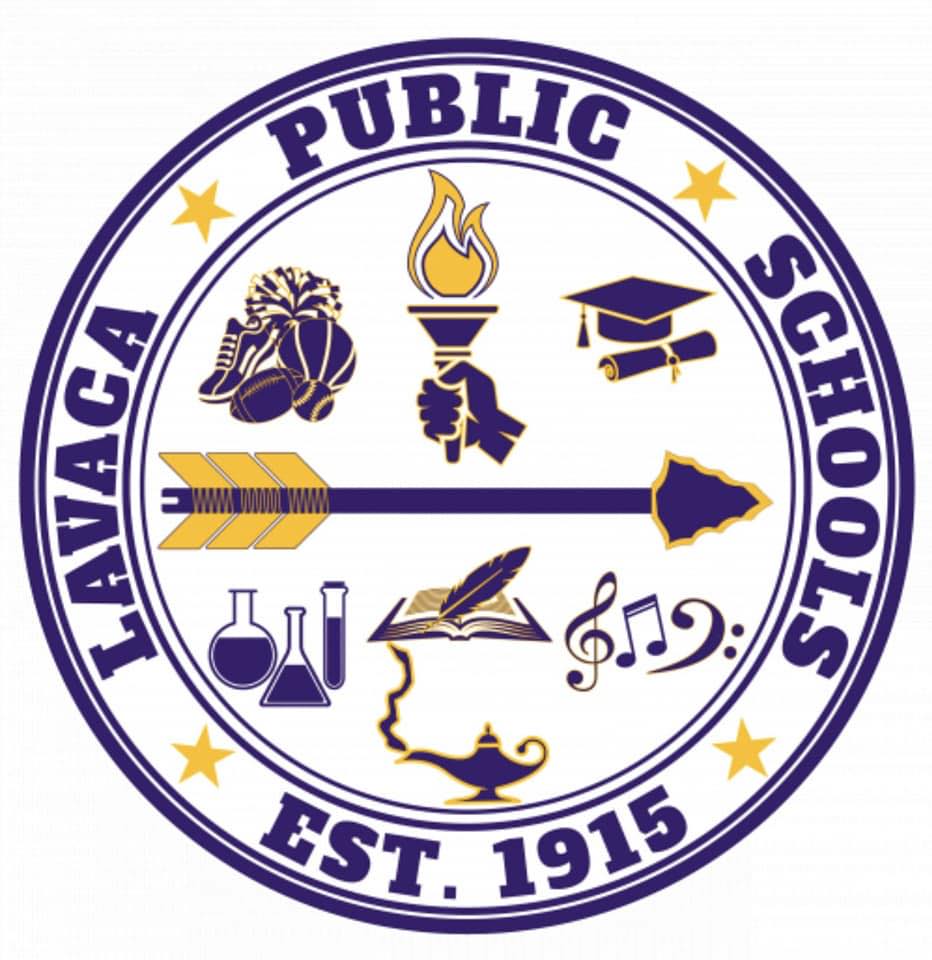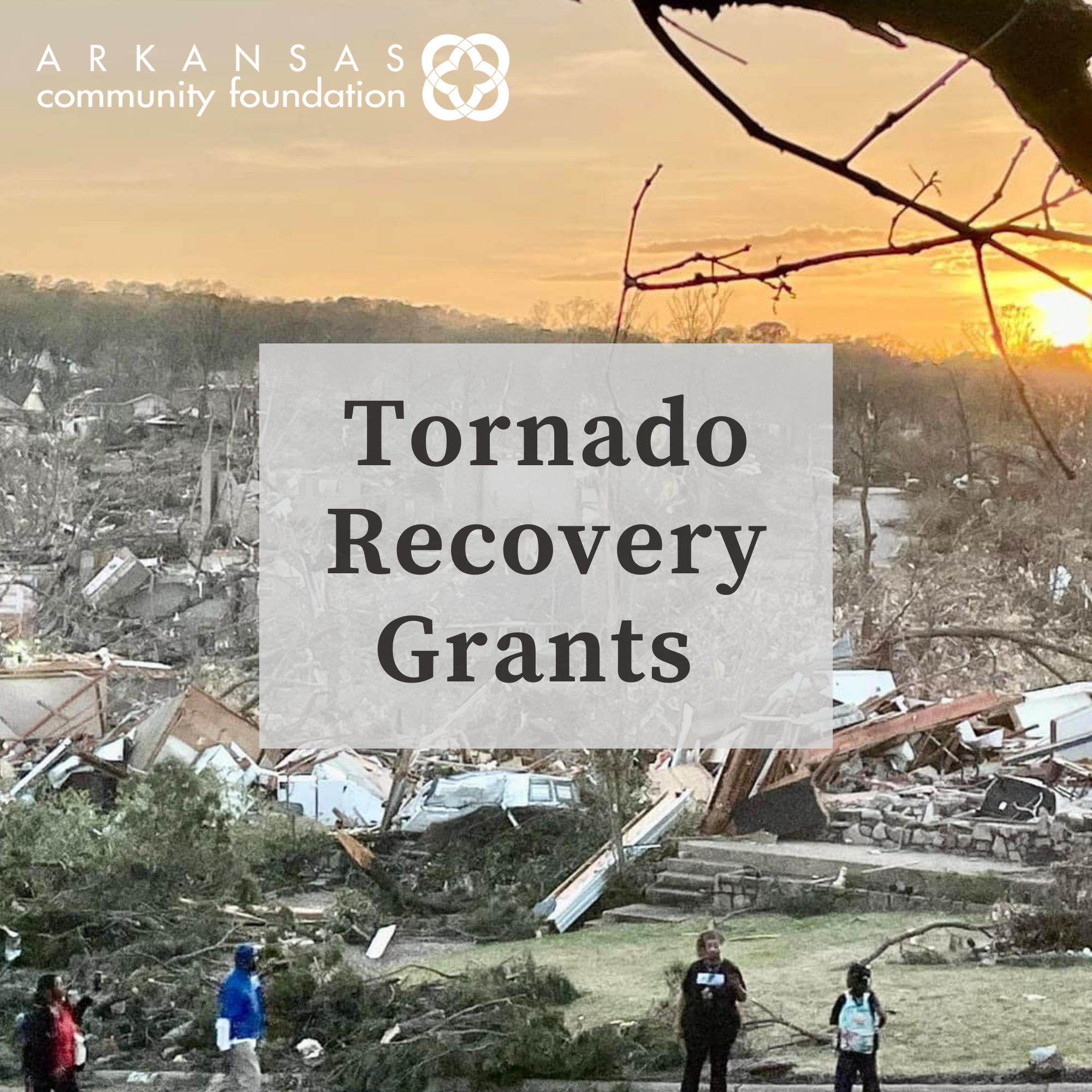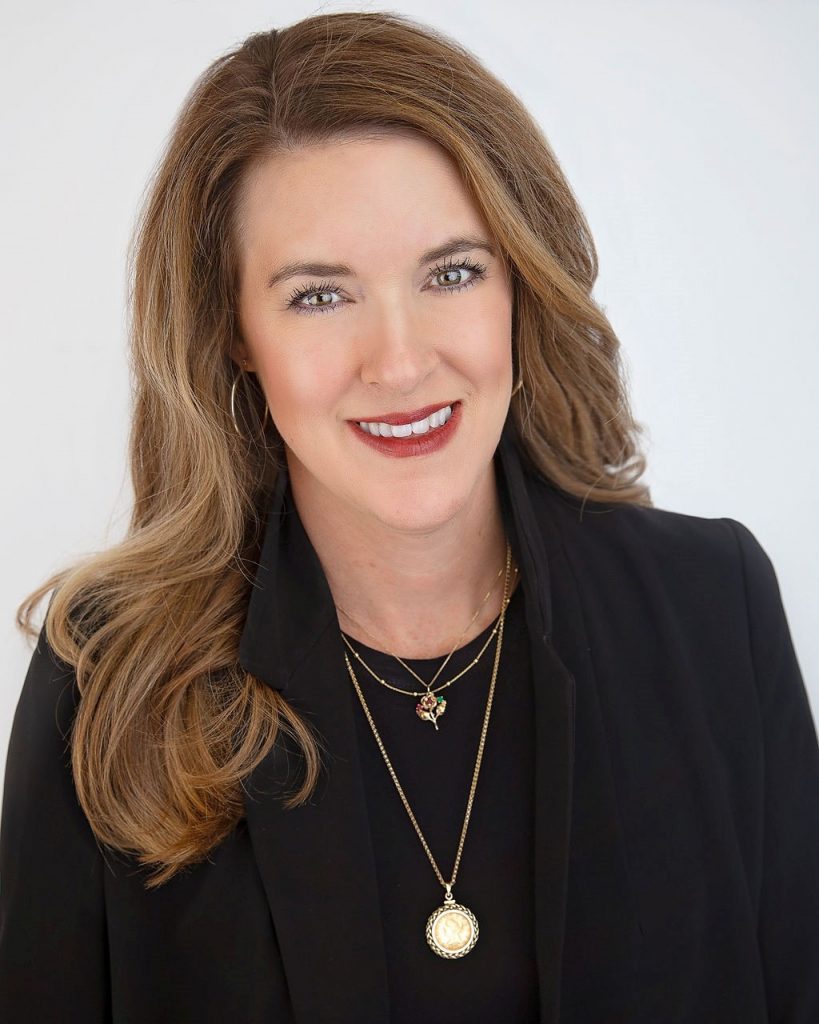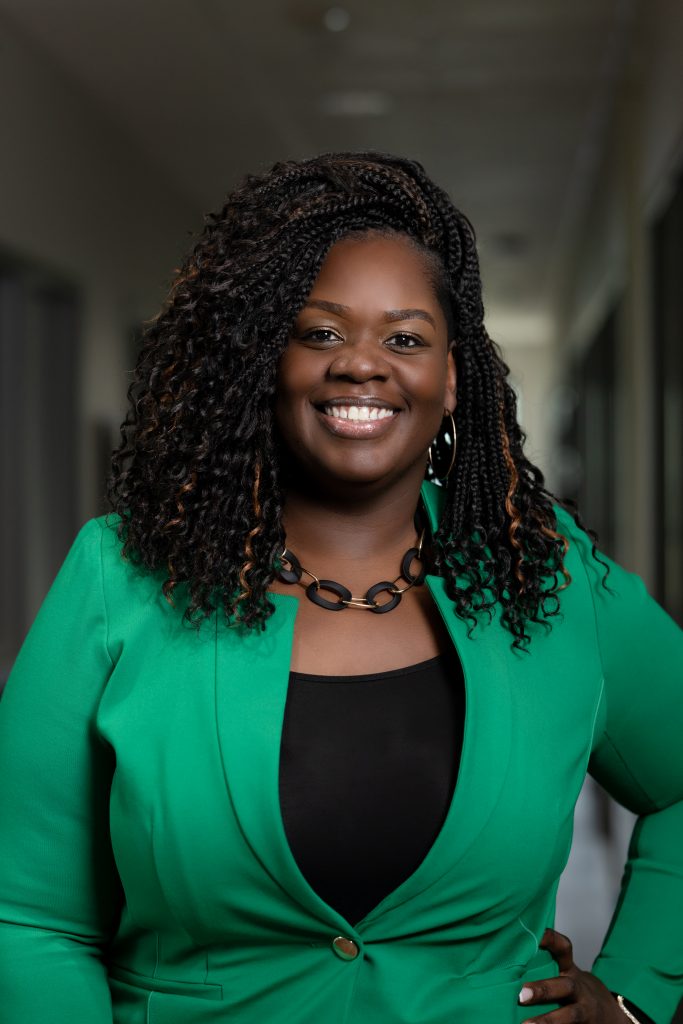Business owners can deservedly daydream about the “extended vacation” that comes with selling a business!
While it all sounds good, business brokers will tell you that many business owners fail to optimize—and sometimes even compromise—the value of their business’s proceeds by rushing the process, hastily determining an asking price, or not fully assessing the value of their business to a potential buyer. In their haste, owners often miss strategies that can deliver an improved post-sale result and a true reward for their years of work.

The Community Foundation can be a valuable resource as you guide a business owner client through a pre-sale preparation process. This is especially true for a business that has operated for many years and has accumulated significant unrealized capital gains in its valuation that are likely to be heavily taxed at the time of the sale.
Many closely-held business owners and their advisors may not be fully aware of the advantages of giving shares to a donor advised fund at the Community Foundation well in advance of any external discussion about a potential sale of the business. With prudent planning, the gifted shares will be free of capital gains at sale time, allowing the proceeds to flow into the donor advised fund, ready to be deployed to meet the business owner’s charitable goals. The business owner also benefits because they’ve reduced the value of their taxable estate. This can have huge repercussions given the anticipated reduction of the estate tax exemption slated for 2025.
Remember that it will be important to secure a proper valuation of the business at the time the business owner makes a gift of shares in order to comply with IRS requirements for documenting the value of the charitable deduction.
Critically important to successfully executing this strategy is to ensure that your client avoids even any preliminary discussions about sale, let alone negotiations, before consulting with advisors, including looping in the Community Foundation early on. Otherwise, your client might get caught in the IRS’s step-transaction trap, a risk with any pre-sale gift to charity of real estate, closely-held stock, or other alternative asset. Definitely, the devil is in the details!
If you routinely advise owners of closely-held businesses, and if you like to go deep into tax law, you might enjoy reviewing the issues related to the business itself supporting charitable causes, totally unrelated to its eventual sale.
Please reach out to the Community Foundation team if a business owner client would like to explore the idea of potentially giving a portion of the business to a donor advised fund or other type of fund at the Community Foundation. We can work alongside you and the client to help optimize the exit and maximize the resulting proceeds.

















